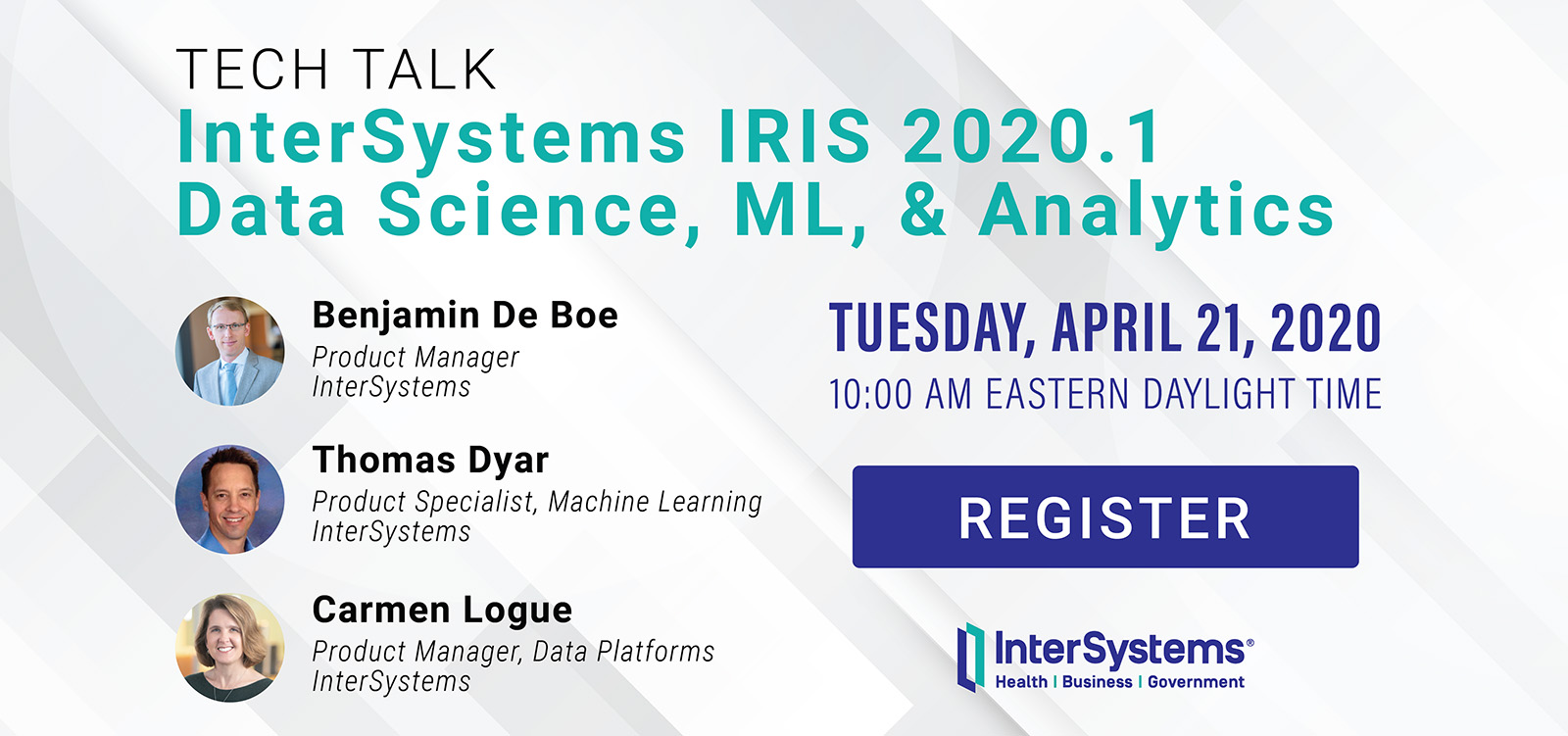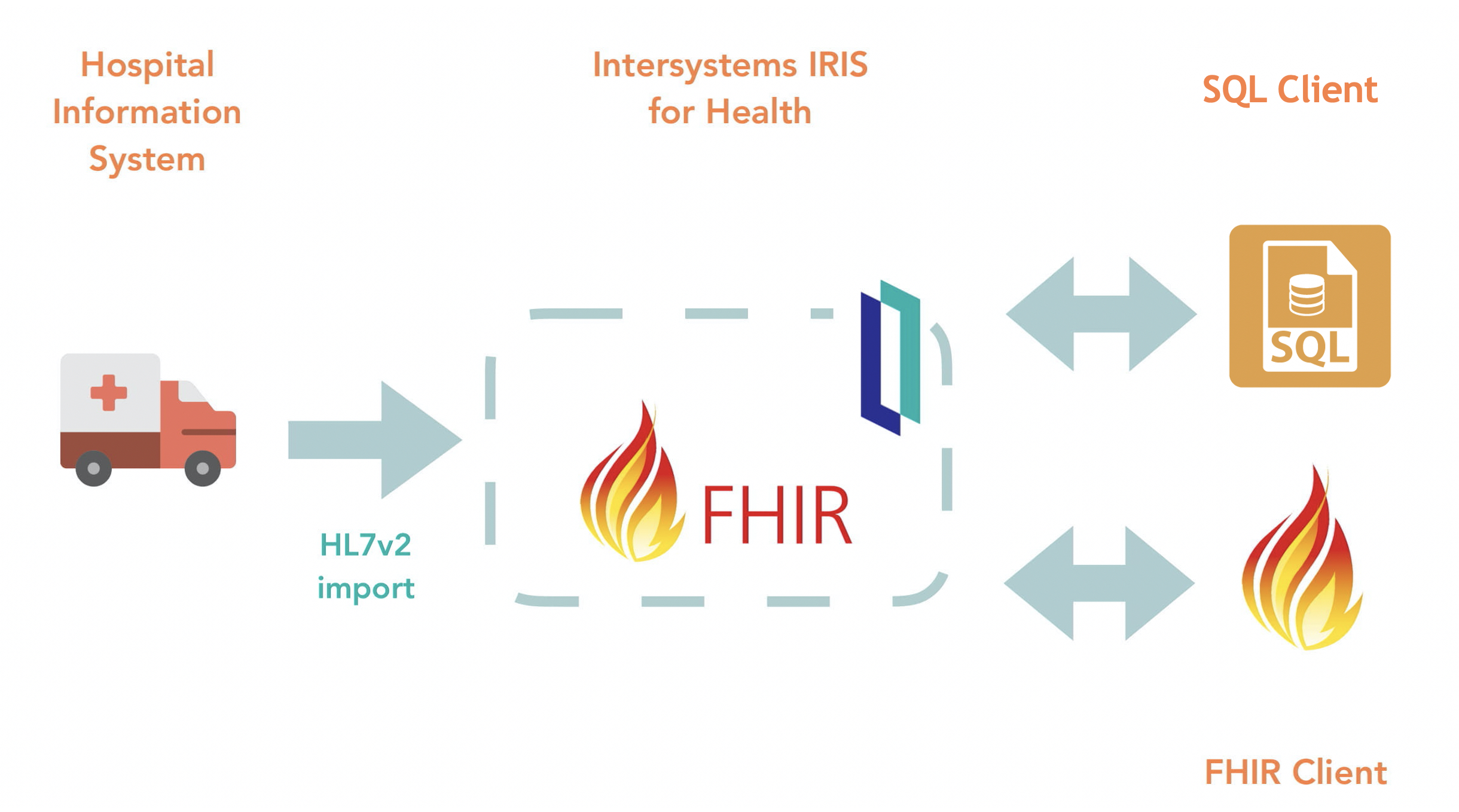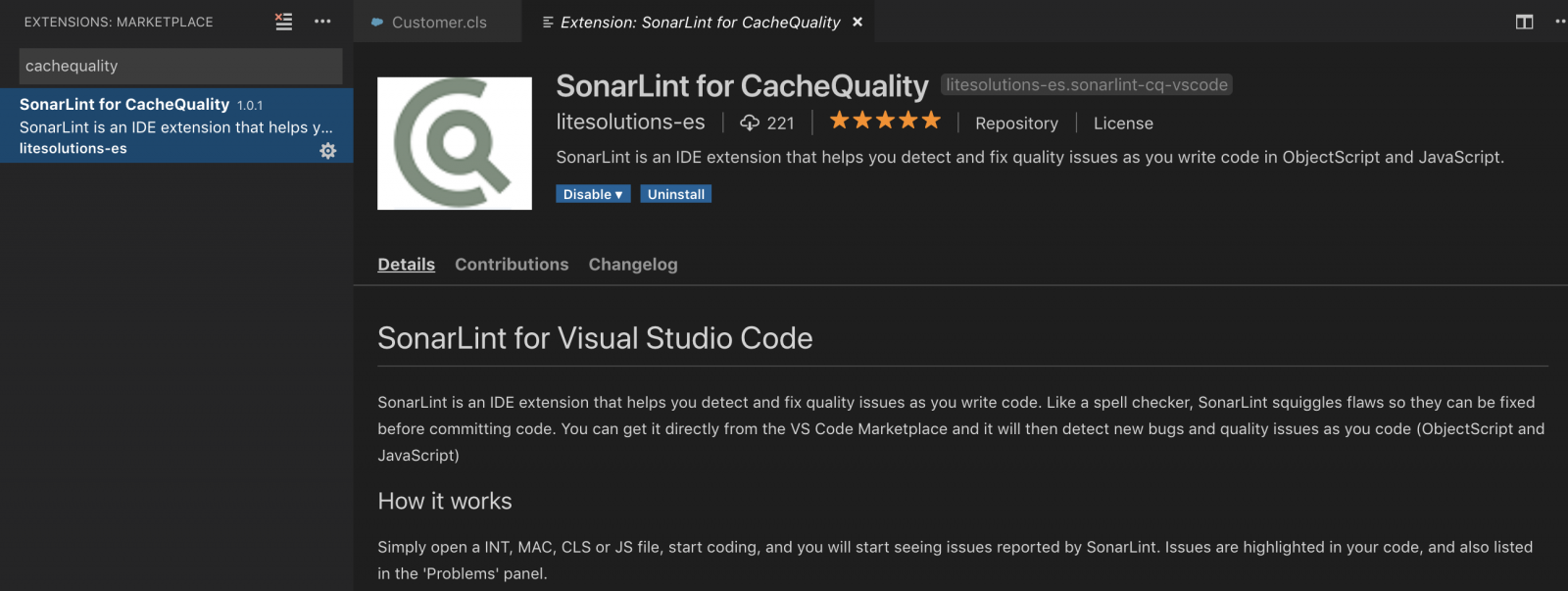Hey Community,
my Caché Version is 2013.1 and I can't update now.
I want to serialize a SQL Answer row into an Array filled with objects and then convert it to json.
Actually I use the following, which is very error prone when I have to do that often:



.png)


